The last three decades have witnessed a phenomenal increase in research activity in the archaeology of Ganga plain. This time-span has also witnessed greater participation of natural scientists like geologists, geomorphologist, human biologists, palaeozoologists and archaeobotanists in understanding archaeological problems. The discovery of Mesolithic culture in the alluvial plain of the Ganga going back to 10,000BC constitutes a distinct contribution to our knowledge.
Excavation carried out at a number of sites in the mid-Ganga Valley has shown that the Mesolithic people who often inhabited readily available rockshelters in the Vindhyas, now lived in huts made of trees, branches and leaves.
The subsequent transition from the nomadic to the settled life which began sometime in the seventh millennium BC in the Ganga Valley was largely the result of an economic revolution based on the cultivation of certain food plants like wheat, barley and rice and the domestication of animals like cattle, sheep, goat, pig and buffalo. Further, the introduction of copper in about 3000BC witnessed a spurt in activities in every walk of life and a significant increase in the number and size of settlements. The has been amply demonstrated in the excavation of more than three dozen Chalcolitho sites in different parts of the Ganga Valley. The present book takes a synoptic look of all these discoveries and discusses their ramifications.
Contents:
Chapter 1 Introduction Chapter 2 geographical background Chapter 3 Epi-Palaeolithic and Mesolithic Cultures Chapter 4 The Neolithic Interlude Chapter 5 The Chalcolithic Cultures Chapter 6 Material Culture and Social Formations

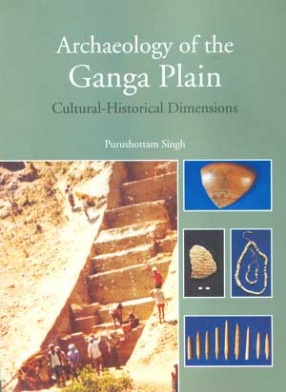
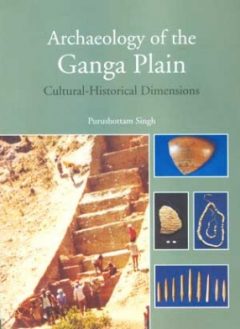
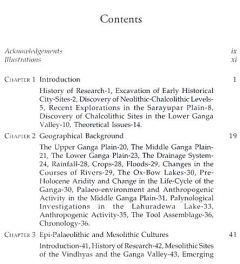
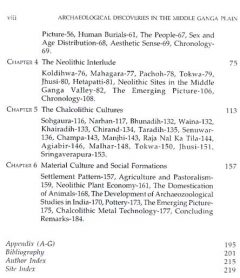

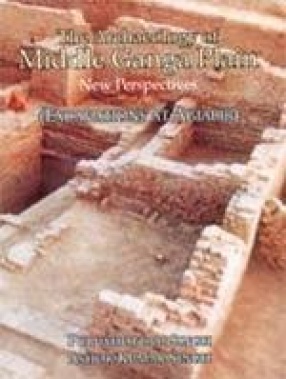


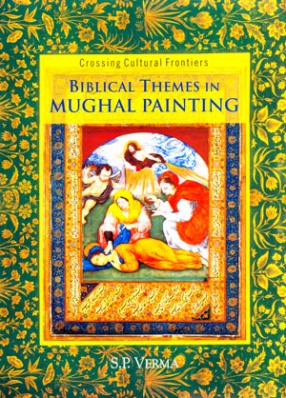
There are no reviews yet.